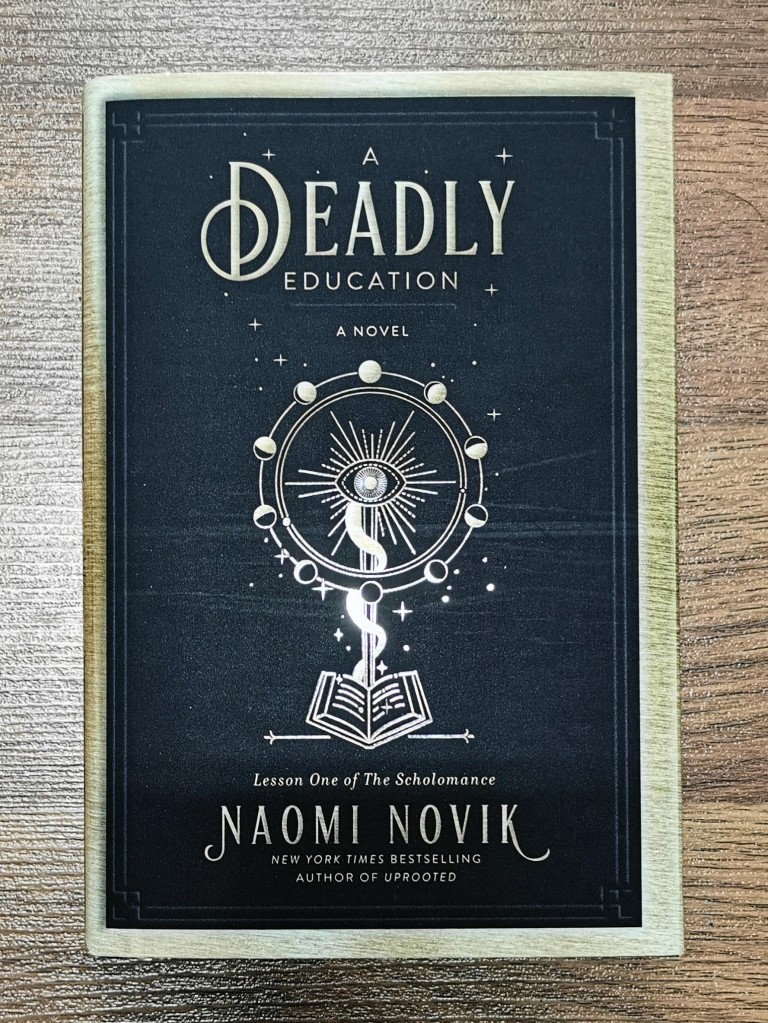I wrote a scene in my Protectors setting soon after New Years, one that resonated really strongly with me. It felt good. It was obviously either the emotional climax of a story, or one of two emotional climaxes. That scene just as obviously needed more material to support it. It was, in some ways, like finding out that I’d built the middle of a bridge’s span and still needed to build the rest.
As I wrote the rest of the story, I discovered that—to remain honest to the characters and story—I either needed to write something that felt depressing and which I didn’t want, or I had to find a very different way of reaching the conclusion I’d hoped for. My first attempts at this didn’t go well. I tried forcing the conclusion I’d hoped for, and it felt dishonest, jammed into place. Then I mapped out what would happen in the depressing version, and just felt sad.
So, rewrites. Rewrites and talking with my mom (and crit group) about my narrative struggles.
My crit group agreed that I probably had to write out both versions and see what happened. They also noted that writing the depressing version might be more in keeping with the setting. My mom, on the other hand, offered up some observations from a book she’d read recently about mortality and the experience of approaching death and dying (Advice for Future Corpses (And Those Who Love Them): A Practical Perspective on Death and Dying, by Sallie Tisdale).
A little context: my mom has done a lot of work with the elderly (and is now reaching elderly herself). When I was a kid she did a good deal of work with patients in hospice—palliative end-of-life care. Her second husband, my stepfather, was a good deal older than she was, and the two of them met because they were both working in hospice. They read many books together, especially about philosophy, meditation, and the experience of growing old and dying. My stepfather died last fall. What I’m trying to say is, it’s hardly new for my mom to share something from her readings about mortality.
If you’ve read any of my stories in my Protectors setting, you’ll understand what I mean when I say those stories are rarely about growing old but often about the experience of encroaching death. My mom’s contribution was pretty on point.
The bit she mentioned was an experience which is sometimes shared by those who are dying, one she said my stepfather had spoken of: the heightening of one’s appreciation for the everyday, and for beauty in the everyday world. Not that the world is itself different, but that—in the process of dying, faced with imminent death—the world’s vibrancy and glory are more evident, more accessible.
And that felt like the missing key.
Thinking on it now, this feels like part of the gratitude and joy, or the quiet meditation on beauty, which I see in some Buddhist meditative tradition. And that experience of beauty, gratitude, and joy was the second step I needed to follow the first emotional climax. The transformative nature of those feelings, the fundamental shift from despair and depression to wonder and awe, is at the heart of the emotional shift I needed.
I still have to write it and make it stick, of course. I’m part way through that. I’ve got to put together another few scenes, replace a few others with new ones, and then print it up and see whether it makes any sense. I don’t expect it to work on the first (second?) attempt, but maybe it will at least look a bit more like a finished bridge… something I can work with.
Thanks Mom.
